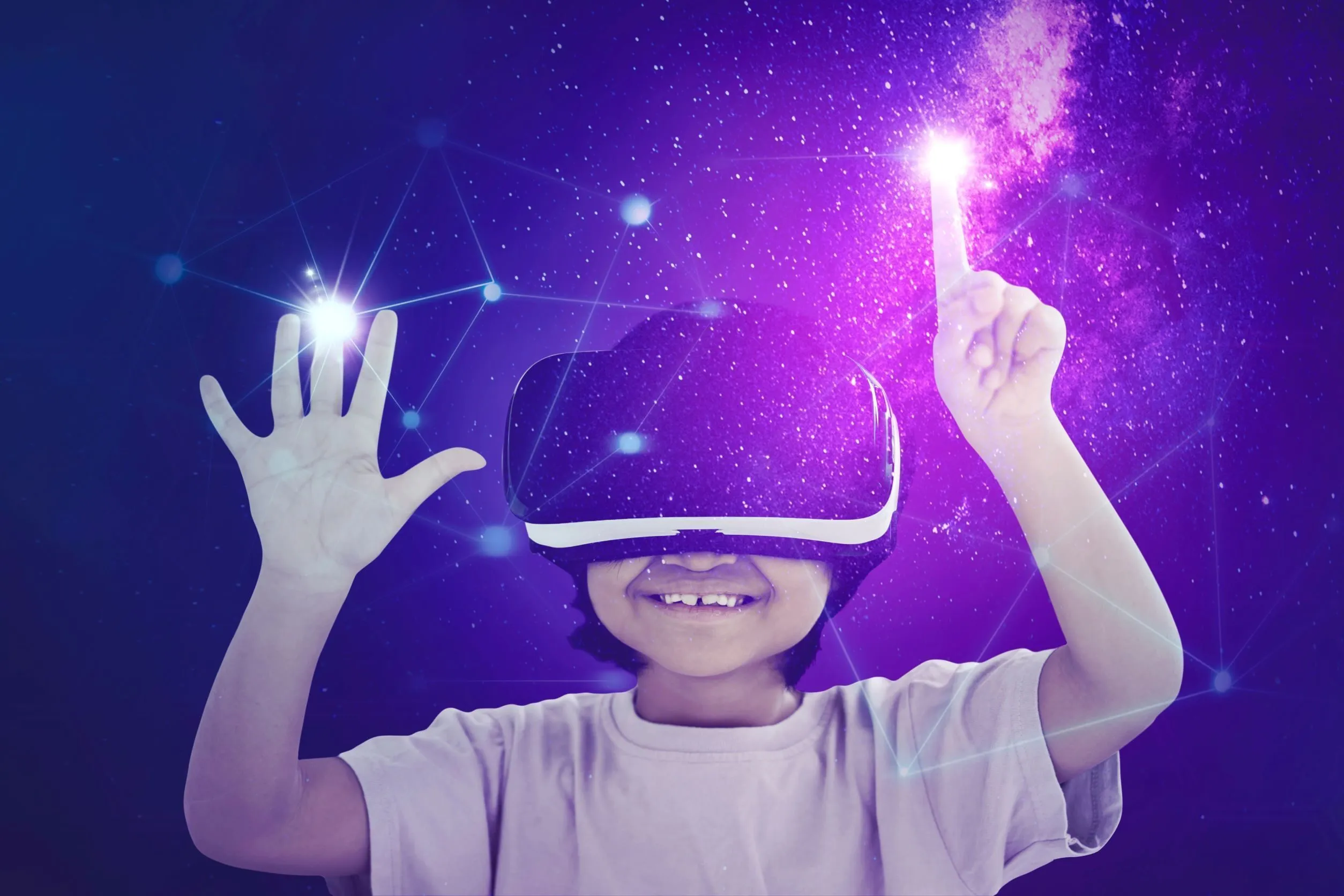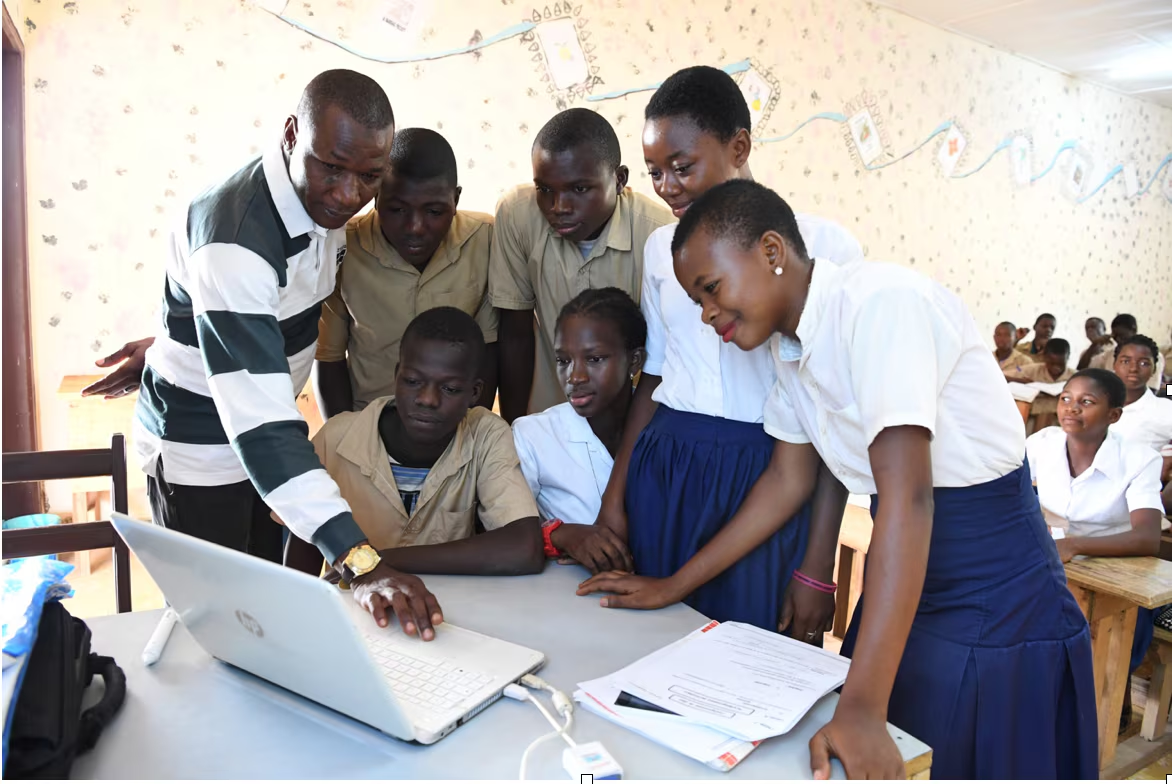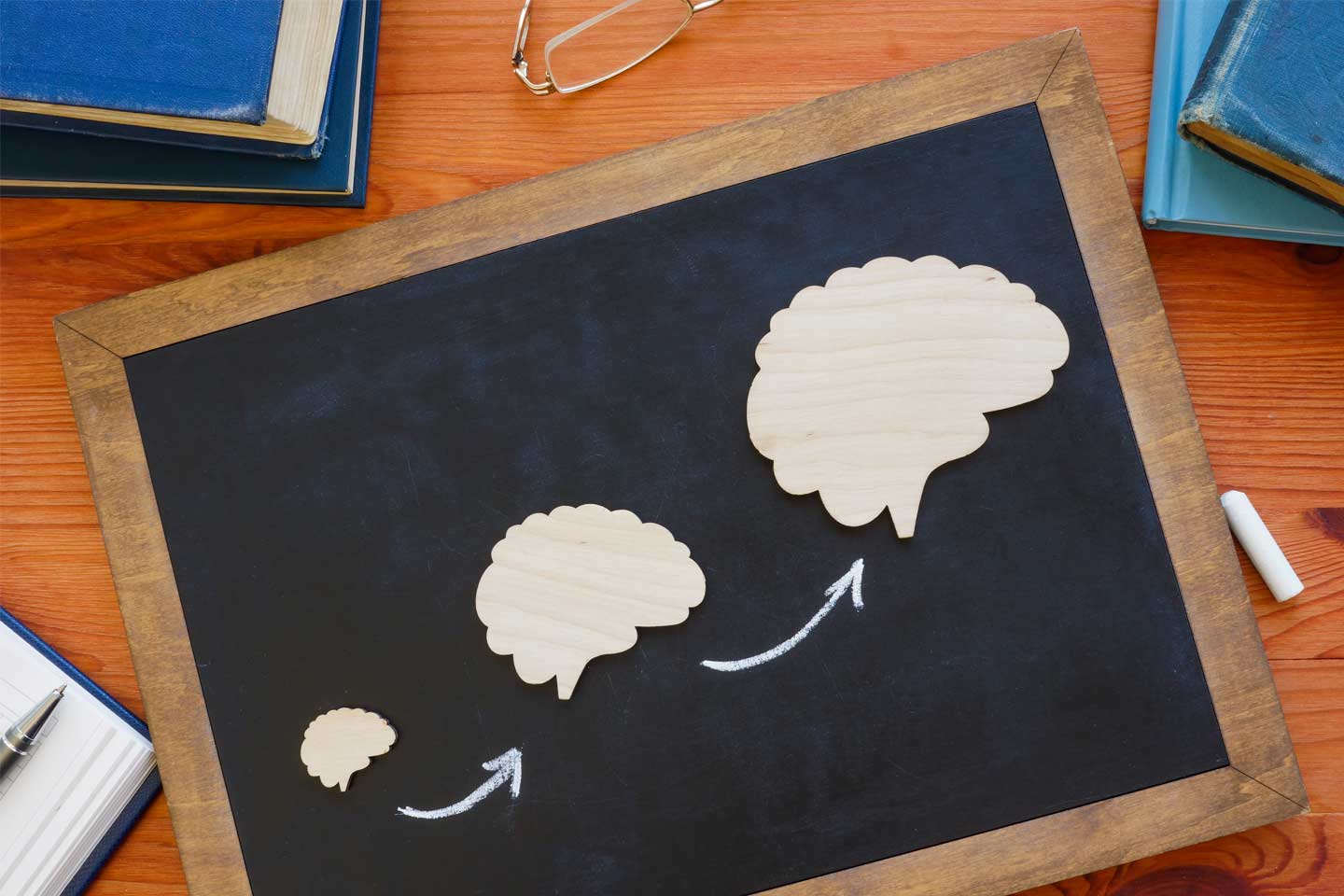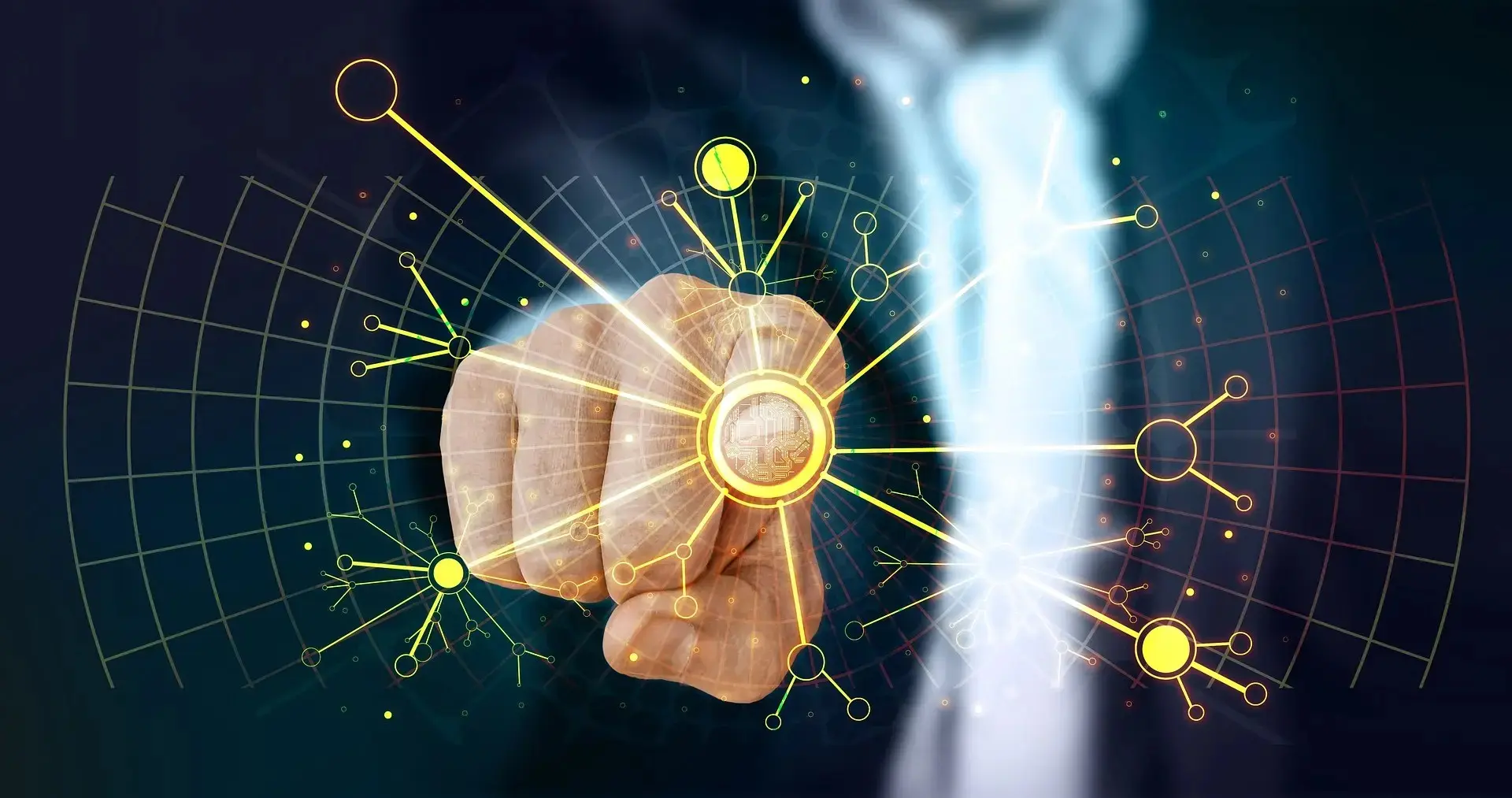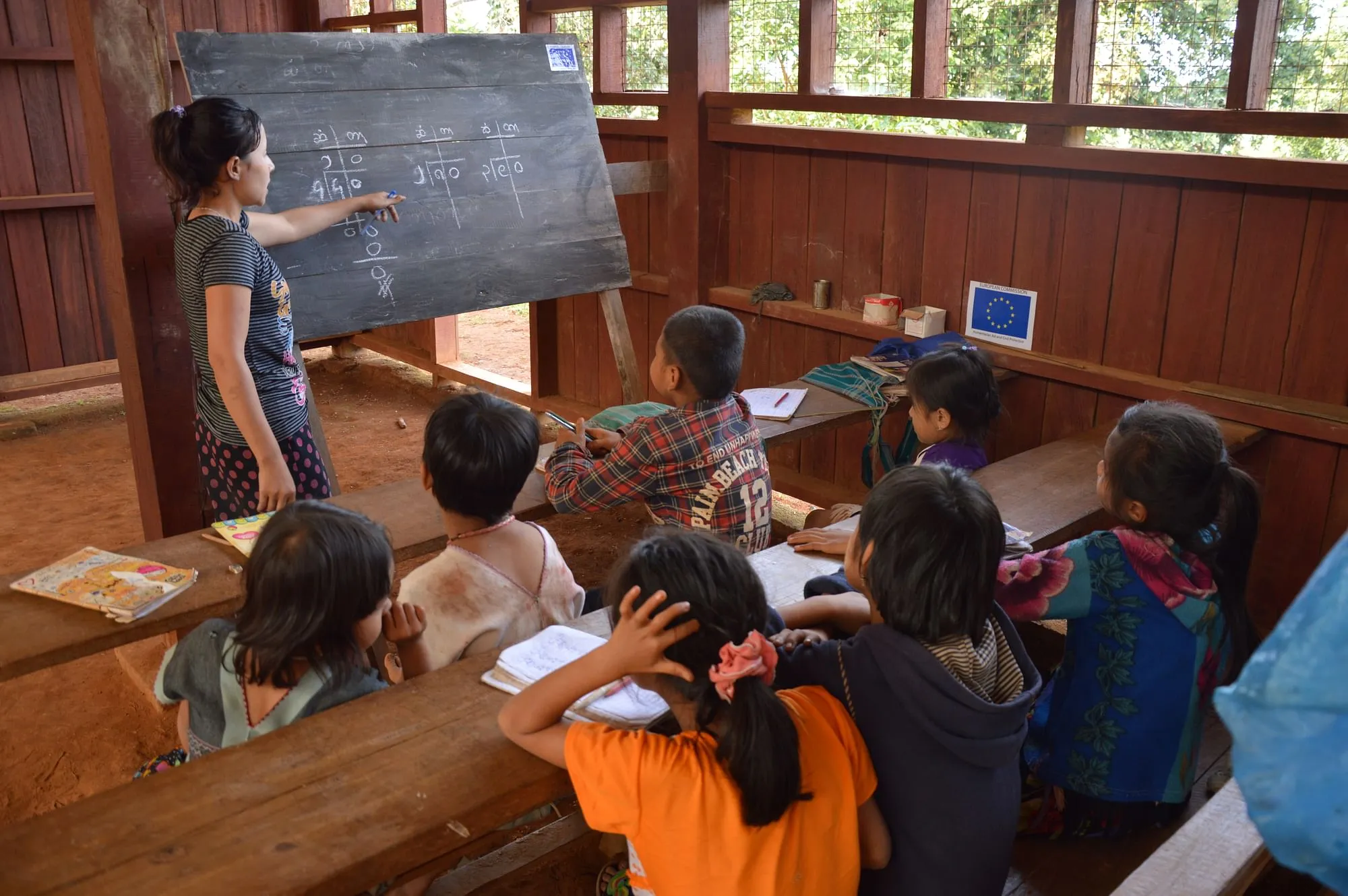The Future of Education: Adapting to a Rapidly Changing World
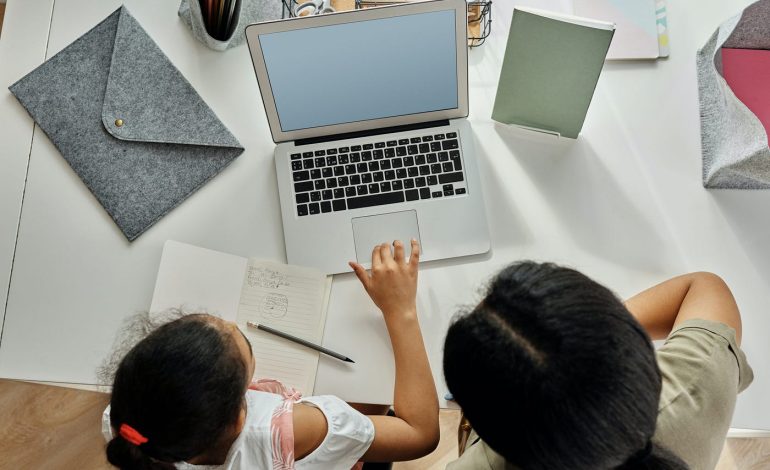
Education is one of the most powerful tools for personal development, social progress, and economic growth. But as the world changes faster than ever — driven by technology, globalization, and evolving societal needs — the education sector must evolve too. The traditional classroom model, once considered the gold standard, is being reshaped by innovation, accessibility, and a new understanding of how people learn best.
This transformation isn’t just about adding digital tools; it’s about rethinking the purpose, methods, and outcomes of education in the 21st century. In this article, we’ll explore how education is evolving, the trends shaping its future, and what it means for students, educators, and society as a whole.
The Shift to Personalized Learning
One of the most significant changes in modern education is the move away from the “one-size-fits-all” model. Personalized learning uses data and technology to tailor instruction to individual students’ needs, pace, interests, and learning styles.
Whether it’s through adaptive learning software, online platforms, or differentiated classroom strategies, this approach helps students grasp concepts more effectively. It also supports struggling learners while challenging advanced students — ensuring that every learner has the chance to thrive.
Educators are now combining traditional instruction with personalized pathways to create hybrid learning environments. These environments offer flexibility, improve student engagement, and empower learners to take ownership of their education.
EdTech: More Than Just a Buzzword
Educational technology, or EdTech, has exploded in recent years. From learning management systems (like Google Classroom and Canvas) to apps that teach coding, languages, or math, the market is full of innovative tools.
EdTech makes learning more interactive, accessible, and inclusive. Virtual reality (VR) can transport students to Ancient Rome; artificial intelligence (AI) can provide instant feedback on essays; gamified apps can make memorization more engaging.
Beyond the classroom, EdTech supports lifelong learning, allowing professionals to reskill or upskill in flexible ways. Online courses, micro-credentials, and learning platforms like Coursera, edX, and Khan Academy are leveling the playing field for learners worldwide.
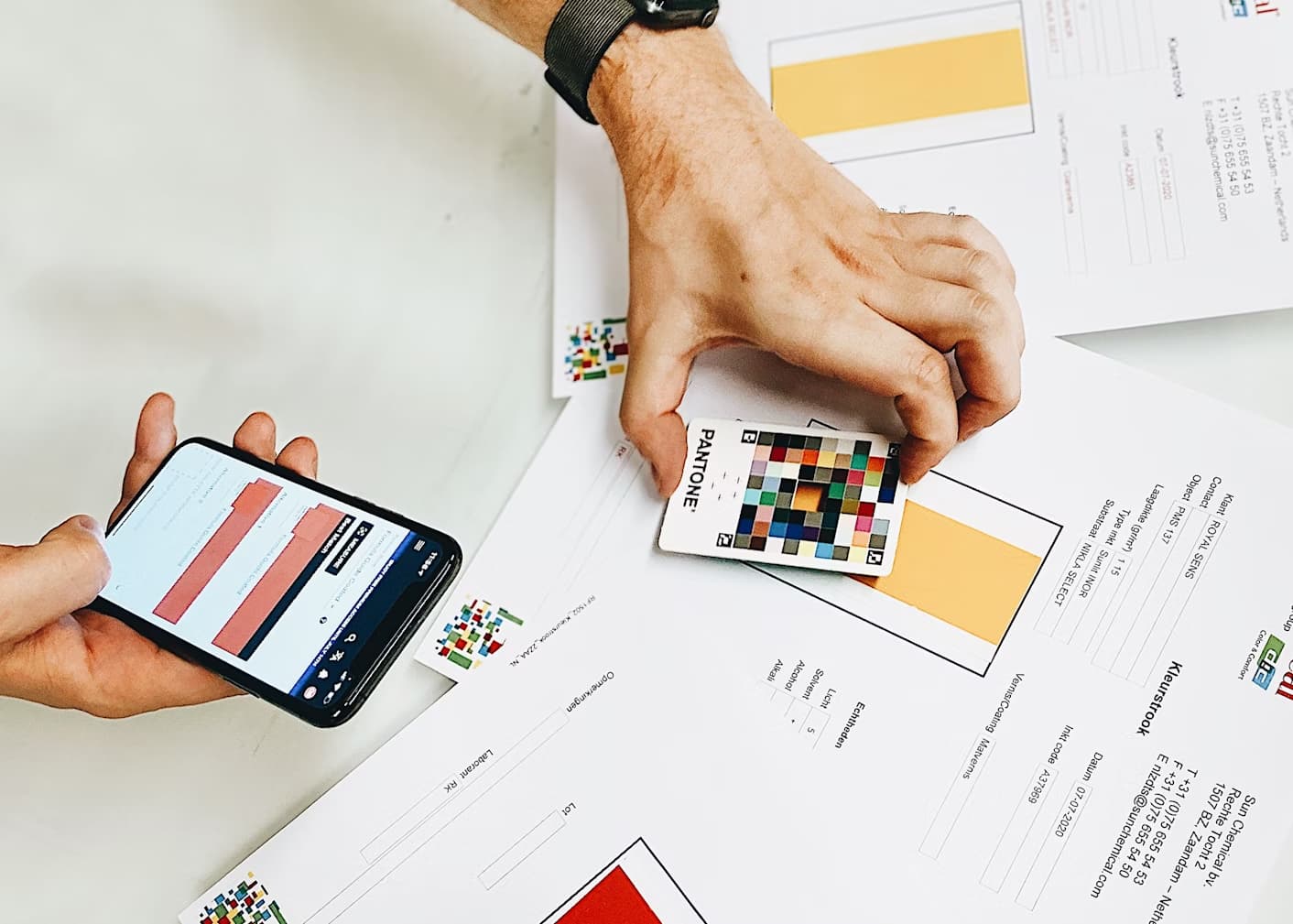
Remote Learning: A New Normal?
The COVID-19 pandemic forced schools and universities around the globe to adopt remote learning almost overnight. While the transition was rocky, it revealed the potential of online education to reach students anytime, anywhere.
Remote learning has its challenges — such as screen fatigue, lack of access, and engagement issues — but it also introduced many people to self-paced, independent learning. Post-pandemic, many institutions are adopting hybrid models that combine in-person and remote experiences to balance flexibility with social interaction.
For students in rural areas, those with health concerns, or non-traditional learners, remote education opens doors that were previously closed.
Teaching Critical Skills, Not Just Content
Traditionally, education has focused heavily on content delivery — teaching students facts, dates, and formulas. But in today’s world, information is just a Google search away. What’s more valuable now is teaching how to think, not just what to think.
That means building critical skills like:
-
Problem-solving and critical thinking
-
Creativity and innovation
-
Collaboration and communication
-
Digital literacy and media awareness
-
Adaptability and emotional intelligence
These competencies, often called 21st-century skills, are vital for success in the modern workforce and for navigating a complex, interconnected world.
Equity and Access: Bridging the Gap
Despite progress, educational inequality remains a serious issue. Factors like socioeconomic status, race, gender, geography, and disability still affect a student’s access to quality education.
To bridge this gap, schools and policymakers are focusing on:
-
Providing devices and internet access to underserved students
-
Creating inclusive curricula that reflect diverse perspectives
-
Supporting special education and mental health services
-
Investing in teacher training for culturally responsive teaching
Equity in education isn’t just a moral imperative — it’s essential for economic mobility, social cohesion, and national development.
Teachers as Facilitators and Mentors
The role of teachers is also evolving. No longer just dispensers of knowledge, modern educators are becoming facilitators, mentors, and guides who help students discover information, explore ideas, and develop skills.
This shift requires professional development and support. Teachers need training in using technology effectively, designing engaging lessons, and supporting students’ emotional well-being.
Empowering teachers also means giving them a voice in decision-making, ensuring they have manageable workloads, and recognizing their vital contribution to society.
Global Learning and Cultural Competence
In a globalized world, students must learn to think beyond national borders. Global education promotes understanding of world issues, cultural differences, and international collaboration.
From language learning and study-abroad programs to virtual cultural exchanges and global curriculum frameworks, there are many ways to prepare students for global citizenship.
Cultural competence — the ability to respectfully engage with people of different backgrounds — is increasingly valued by employers and communities alike.
Lifelong Learning and Adult Education
Education is no longer confined to childhood and adolescence. In a world where industries evolve rapidly, adults must continually reskill and upskill to remain competitive and adaptable.
This has led to a surge in adult education, online certifications, bootcamps, and vocational programs. Universities and employers alike are recognizing the value of micro-credentials and non-traditional learning paths.
Whether it’s learning a new language, mastering data science, or exploring personal development, lifelong learning is now a necessity — and a source of fulfillment.The Role of Parents and Communities
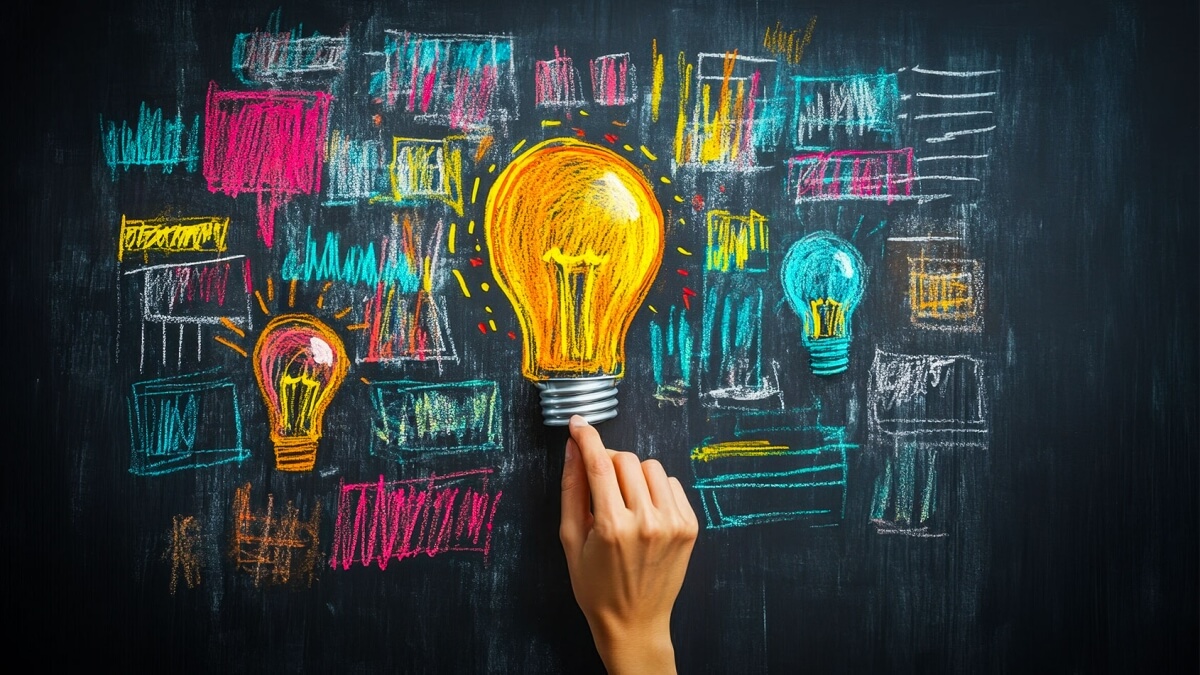
Education doesn’t happen in isolation. Parents, families, and communities all play critical roles in supporting learning.
Increased communication between schools and families, community-based programs, after-school activities, and mentorship opportunities create a more holistic learning environment for students.
When parents are engaged in their child’s education, academic performance improves, and behavioral issues decrease. Strong communities help build confident, resilient learners.
Looking Ahead: Challenges and Opportunities
The future of education holds enormous promise — but also complex challenges. These include:
-
Closing the digital divide
-
Combating learning loss from the pandemic
-
Addressing teacher shortages and burnout
-
Ensuring mental health support for students
-
Balancing standardized testing with creativity and flexibility
However, the tools and awareness are there to make meaningful progress. By embracing innovation, prioritizing equity, and investing in educators and learners alike, we can create a system that prepares individuals for both career and life.


